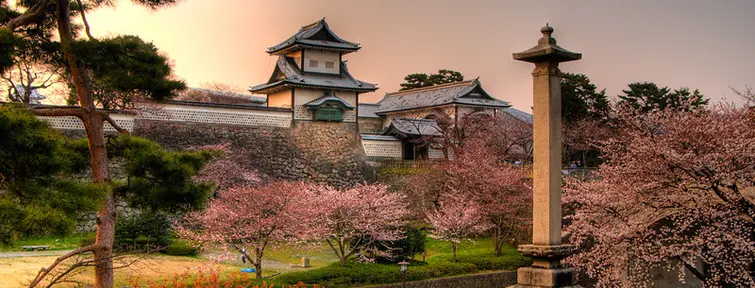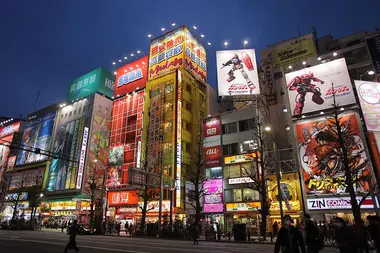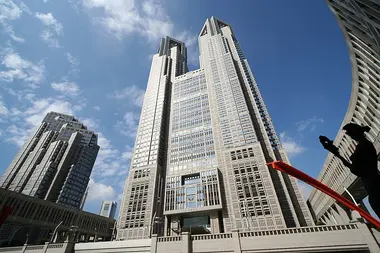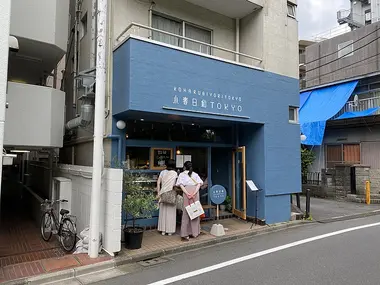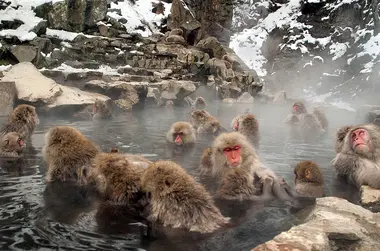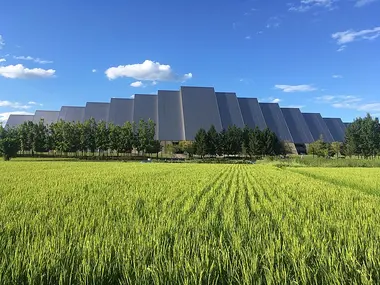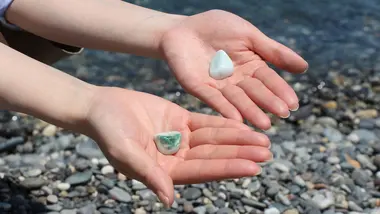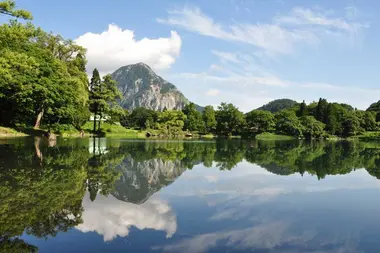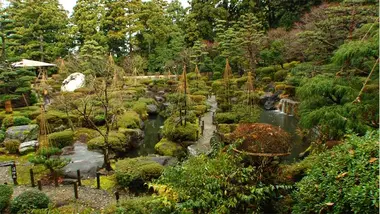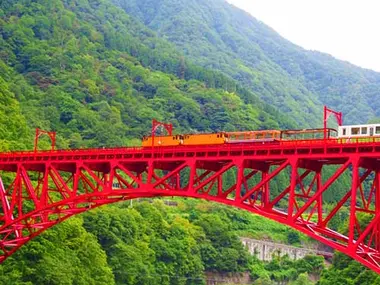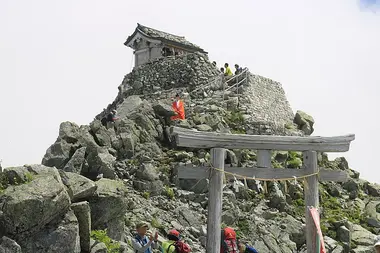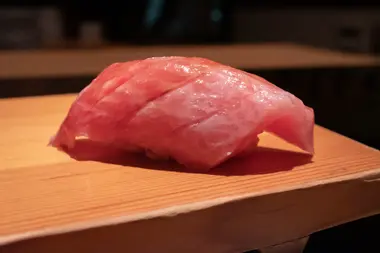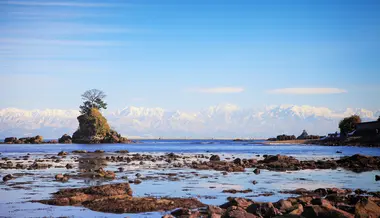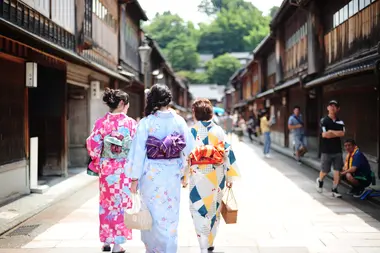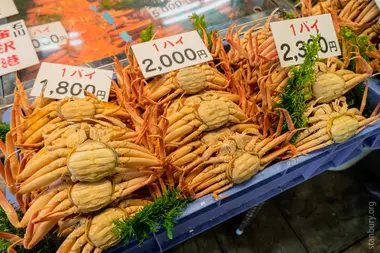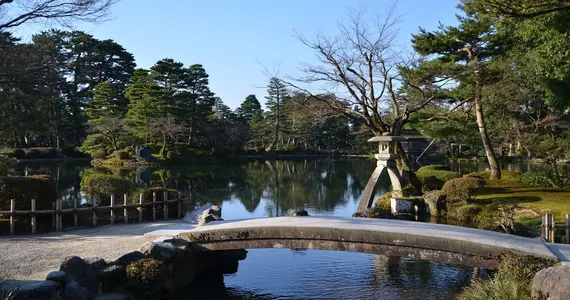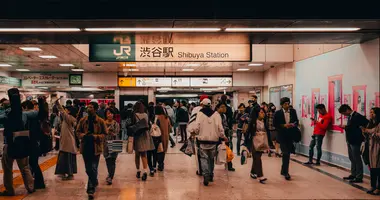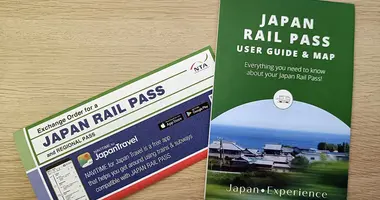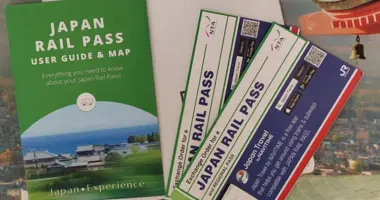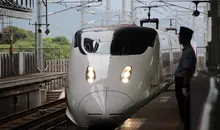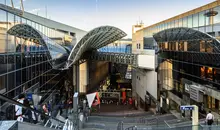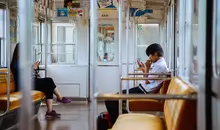From Tokyo to Kanazawa: A Journey via the Hokuriku Shinkansen
- Published on : 24/05/2023
- by : Joshua
- Youtube
The Shinkansen line that would eventually become the Hokuriku Shinkansen was built before the 1998 Nagano Winter Olympics to service the host city. In 2015, this Shinkansen line was extended up to Kanazawa, Ishikawa Prefecture, then in 2024, it was extended again out to Tsuruga in Fukui Prefecture.
This line is serviced by four different Shinkansen trains:
- Kagayaki Shinkansen: The fastest of the Hokuriku Shinkansen that takes around 3 hours to reach its terminal station of Tsuruga, passing destinations like Nagano, Toyama, and Kanazawa on the way.
- Hakutaka Shinkansen: The second train to traverse the entirety of this line from Tokyo to Tsuruga. It makes stops at more stations so it is a bit slower.
- Asama Shinkansen: This Shinkansen only goes between Tokyo and Nagano.
- Tsurugi Shinkansen: Operating only between Toyama and Tsuruga Stations. This Shinkansen largely services Hokuriku residents who commute throughout the region for work.
On the Hakutaka Train, travelers can depart from the nation’s capital and make their way out to the coastal areas of the Sea of Japan to explore a region that is cited as both the literal and figurative heart of Japan. These trains are fully accessible with the National Japan Rail Pass and the Hokuriku Arch Regional Pass. Individual train tickets to Kanazawa
1. Tokyo- Exploration of a metropolis and departure towards Hokuriku
After arriving at one of the two national airports within the Tokyo area (Haneda or Narita), exploring the metropolitan capital is in order. Recommendations for Tokyo are endless and contingent on the interests of individual travelers. However, large commercial districts such as Shinjuku, Shibuya, or Ginza can work well as a base of operations while being great spots for shopping and dining.
Within Shinjuku, the Tokyo Metropolitan Building has a free-to-access observation deck that allows for views of Tokyo’s urban sprawl, and on clear days, Mount Fuji can be seen.
Fans of anime and manga will undoubtedly want to visit Akihabara, a commercial district known for its electronics and otaku-culture merchandise. Fans of food culture will also find places of interest in Akihabara, where its frequently-flocked-to Izakaya street is great for food-centric nights out.
And while Tokyo is well-known for its large crowds and fast-paced hustle and bustle, much of the city is great for leisurely exploration, which is often not far from the more busy areas. A short walk away from Shibuya is Tomigaya, where charming cafes and stylish restaurants can be found at any corner with a much more laid-back feel, it's a perfect oasis for relaxation.
From either Tokyo Station or Ueno Station, the Hakutaka Hokuriku Shinkansen can be boarded and ridden to our first destination outside of the Kanto region.
2. Nagano- History embedded in nature
Nagano was brought into the international spotlight after hosting the 1998 Winter Olympics, the last games to take place prior to the close of the millennium.
Pay homage to this historic event by visiting the M-Wave Building, which is a 15-minute bus ride from Nagano Station. The former speed skating rink for the games is home to the Nagano Olympic Museum, where a number of artifacts, including the Olympic Torch and documentative photos, can be found.
However, Nagano’s history extends much beyond the end of the last century. Zenko-ji was founded in 642 AD, and the city of Nagano itself was initially built around this central temple. Zenko-ji is one of the few remaining pilgrimage sites in Japan and is especially famous for its Gokaicho ceremony, which takes place once every 7 years.
As an inland prefecture within a mountainous and volcanic geography, Nagano hosts a rich environment for wildlife, including Japanese macaque monkeys that are world famous for utilizing the natural hot spring waters in Japan to stay warm during the winter. These macaques can be seen without making long treks into the wilderness, as they can be found at the Jigokudani Monkey Park. There is an express bus that leads to the park directly from Nagano Station.
3. Itoigawa- The jade jewel of Niigata Prefecture
Departing from Nagano, we make our way out to the coast of the Sea of Japan as we arrive at Itoigawa in Niigata Prefecture. Itoigawa is a city that is surrounded by green mountains and sits on the shores of the ocean. In fact, one of the main draws of Itoigawa are the beaches, where people often forage for jade stones, so much so that it is dubbed “the jade coast.”
But aside from this, typical beach-going fare such as swimming can be done at a few beach spots on the coast. On clear days, the view from this coastline is beautiful, reaching as far out as the Noto Peninsula in Ishikawa.
The prominence of jade in this area is well displayed at the Hisui-en Garden, where jade rocks are used for decorative purposes throughout. Not far from the garden is also the Tanimura Art Museum, for which a joint ticket with the Gyokusui-en Garden can be purchased.
Moving up from sea level, Mount Myojo is a limestone rock mountain that looms over Takanami-no-ike. This mountain is popular with rock climbers and hikers and is a great representation of the natural scenery that can be found on the Sea of Japan coast.
4. Kurobe- The gateway to the “Japanese Alps”
Kurobe-Unazuki Onsen Station services the eastern part of Toyama Prefecture, right below Niigata. This is a part of the prefecture that is especially rich in natural scenery.
Here, travelers can make their way to Kurobe Gorge, a point on the Japanese Alpine Route. The deep, rolling valleys are laced with foliage that is vibrant green in summer and glowing shades of crimson and gold in autumn. These valleys are traversed via a trolley train that was originally set up to aid in the construction of the Kurobe Dam that exists nearby. The entire journey takes a little over an hour.
As the station’s name implies, this area is also near Unazuki Onsen, a town with hot springs often trekked to by locals of Toyama to relax. The town itself is at the entrance of Kurobe Gorge, making it a great spot for travelers to go back after seeing the natural scenery of the valleys.
5. Toyama- Between the sea and mountains
Toyama Prefecture and its capital city are largely characterized by the large bay of the same name. The other geographical staple of Toyama is that of mountains (in fact, Toyama’s name means “abundance of mountains”).
The glaciers from these mountains melt and eventually lead into Toyama Bay, providing excellent nutrients and cold temperatures in winter that are ideal for sea life. A stop in Toyama calls for high-quality sushi that is sourced directly from the nearby waters.
Some of the most famous fish sourced from these waters include buri (Japanese Amberjack), shiroebi (White Shrimp), and hotaru ika (Firefly Squid). These specialties can be enjoyed at restaurants such as Sushi Ei and Sushi Masa in downtown Toyama. For higher-end options, Michelin-starred Sushijin and SOTO are great ways to eat some of the highest-quality seafood Japan has to offer.
In addition, Toyama is also home to one of the three holy mountains of Japan, Mount Tateyama (alongside Mount Hakusan in Ishikawa and the iconic Mount Fuji). This mountain serves as the other end of the Alpine Route and also boasts amazing scenery. Those who traverse to the peak will be able to see the iconic Oyama Shrine and an outstanding view of one of Japan’s most geographically diverse prefectures.
6. Kanazawa- At the crossroads of tradition and contemporary
The capital city of Ishikawa Prefecture is a time capsule of art and culture. Largely untouched during World War II, much of the city’s traditional districts have been maintained.
This includes the Higashi Cha-ya district, which consists of old wooden tea houses (cha-ya means tea house) and other buildings dating back to the Edo Period (1603–1868). Traditionally, this area was intended as an entertainment district where geisha (or geiko, as they are called in Kanazawa) would perform and tend to guests. While this form of entertainment is largely a part of Japan’s past, the practice can still be seen today in three different tea districts throughout Kanazawa. However, only around 50 geiko are actively performing in the city as of today.
On the other side of the city is Kenroku-en, one of the three treasured gardens of Japan (alongside Kairaku-en in Ibaraki and Koraku-en in Okayama).
This beautiful garden utilizes different elevations for its installations and consists of a number of ponds and lakes that host wildlife. During the spring, nighttime sakura viewing is a popular event where the blooming cherry blossoms are illuminated. A similar event takes place in the fall, when the autumn leaves (named “kouyo” in Japanese) are lit up.
Finally, Omicho Market is a fantastic spot to wander and indulge in the luxurious seafood of Ishikawa. This seafood market is often referred to as "the kitchen of Kanazawa" and provides local restaurants with high quality ingredients while also being open to the public. Visitors can try fresh seafood such as oysters, unagi, and the local delicacy of nodoguro (Black Throat Perch). Be sure to dine at one of the many restaurants within the market itself, but remember to take a picture before you eat!
